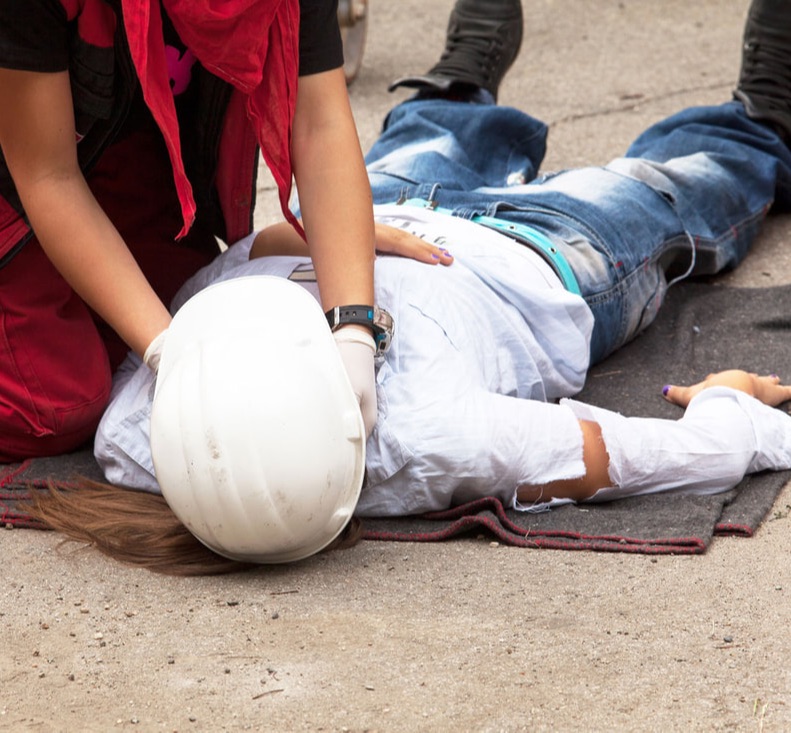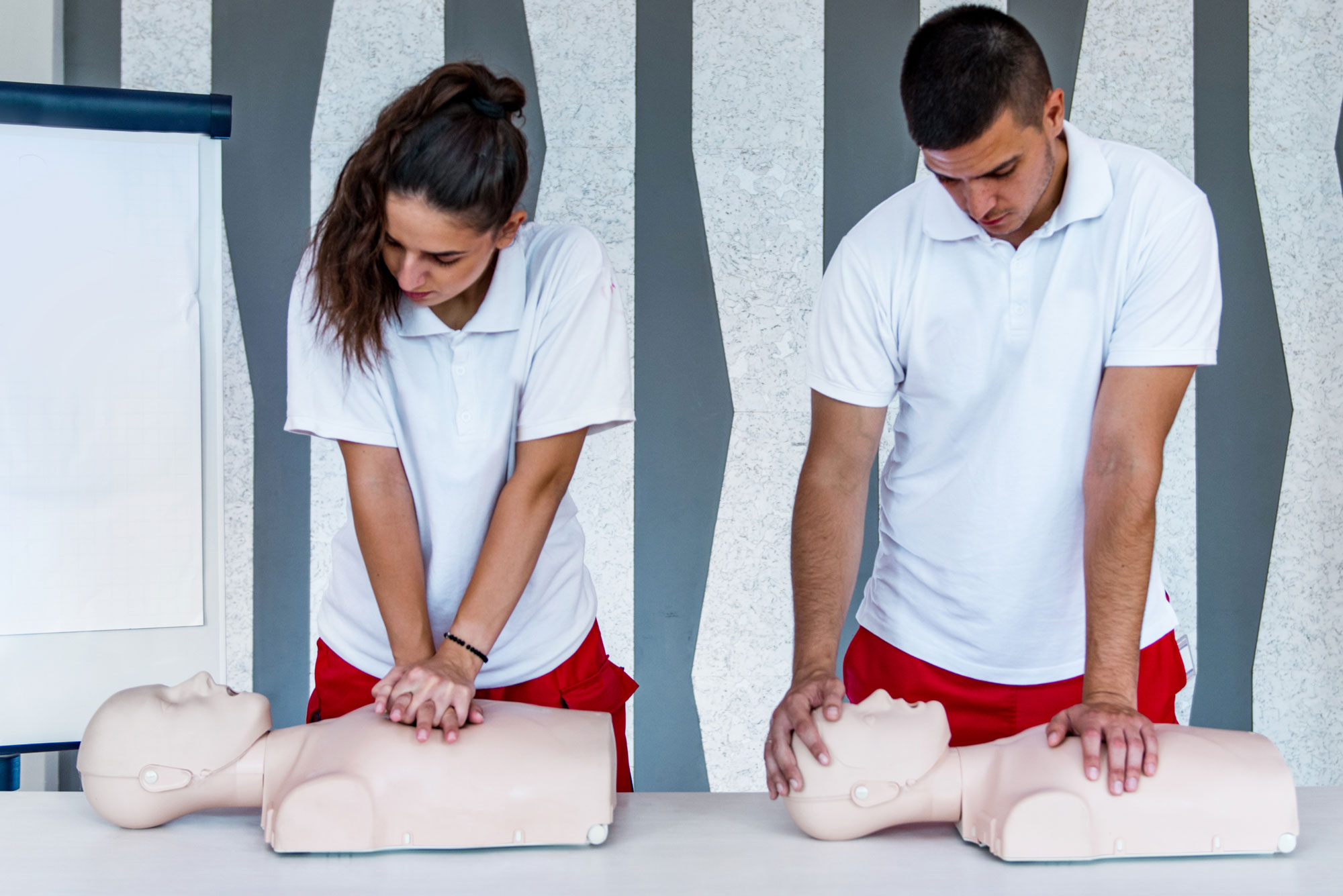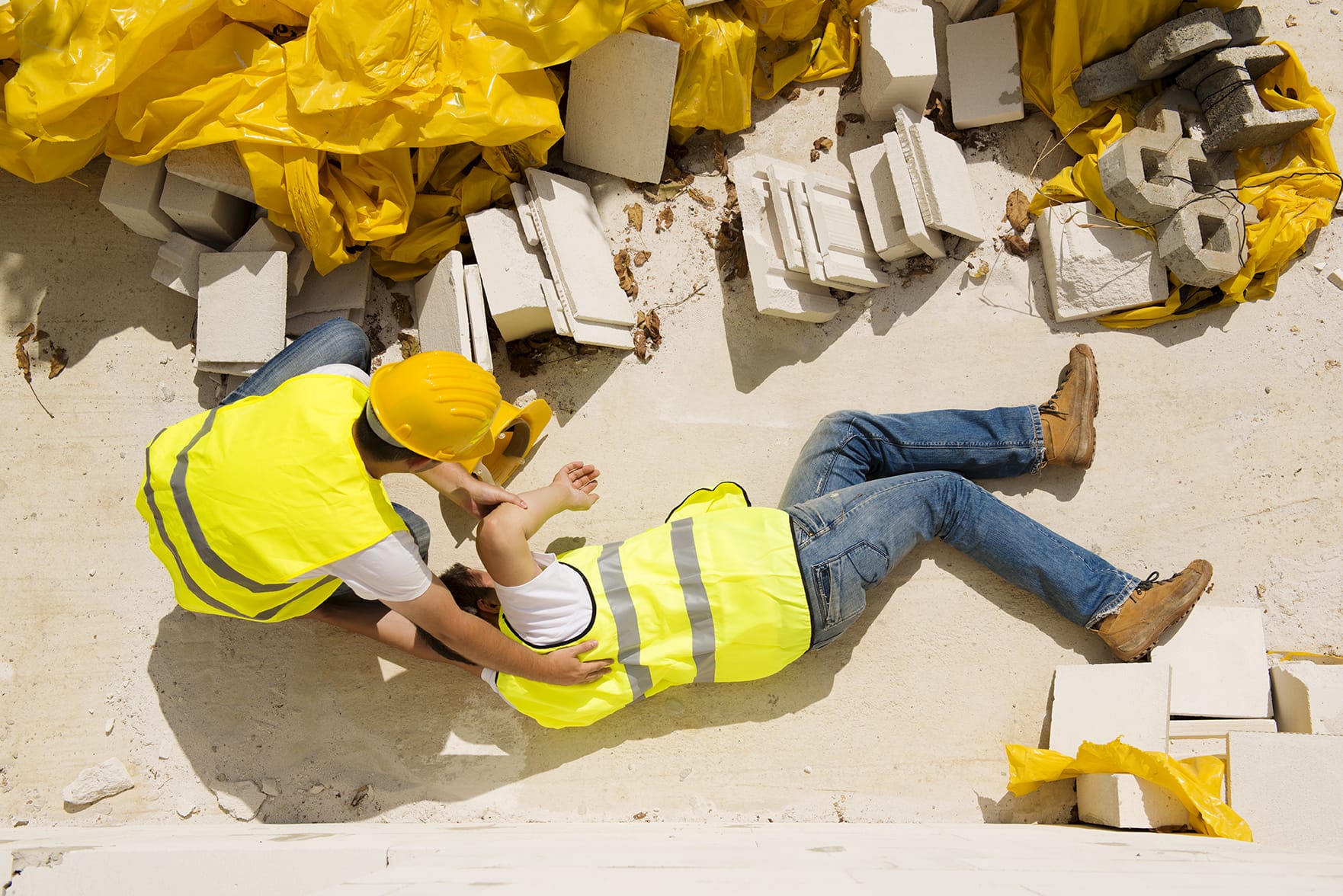The Health and Safety (First–Aid) Regulations 1981 require employers to provide adequate and appropriate equipment, facilities and personnel to ensure their employees receive immediate attention if they are injured or taken ill at work. As a minimum expectation, business need to appoint a person to take charge of first-aid arrangements. However, if you are in an industry where there are ‘significant health and safety risks’ you will most likely need a first aider on your premises.
How many first-aiders do you need?
The number of first-aiders you will need to qualify will be dependent on the results of your first-aid needs assessment. There are four significant factors that you’ll need to consider when figuring out how many you need within your business.
- The amount of hazards associated with your work activities and environment.
- How many employees you have
- The number of injuries and illnesses that have occurred at your workplace.
- Any reasons that may affect first-aid provision (inexperienced employees, absences of first aider etc.)

Each business will have a duty holder who is responsible for determining how many first-aiders are required. Their role is to ensure optimum safety of employees and therefore will need to find out the correct protocol for first aid requirements.
When can someone be considered first-aid qualified?
Unfortunately, you can’t just simply appoint one of your employees as the designated first-aider. In order for you to have a first aider on site, you will need to be fully compliant with regulations, for any first-aiders you need, you will need to have the carry out appropriate training. The level of training they require can be identified by the risks you have found in your first aid needs assessment.
Some business will need first-aiders to learn the fundamental skills that are covered in a 1 day trianing programme, such as the emergency first aid at work course. However, you may find that your assessment reveals you need advanced training, this includes factors such as; an employee having a medical condition.
In the case that there is a need for additional training, you will need to have an employee undertake a more in-depth- coruse, such as a three-day first aid at work training course. This course will cover different types of illnesses and injuries that people may experience or do, and how you can help them in crisis situations.

If you already have a first-aider, it may be worth checking to see how long it is until their qualification expires, before this expires you will need to have them complete a re-qualification course. This course will enable your first-aider to revise all they have learned and ensure they still meet qualification standards, once they have passed they will be re-qualified for another 3 years.
It’s also important to bare in mind that if you work in a teaching environment, as a nursery worker or any career that involves caring for infants and children, you will be required to take a 12-hour paediatric first aid course. This will teach you how to look after a child in an emergency situation and how to provide the correct care.
What are the consequences of not having a first-aider on your premises?
If you discover that your business requires a first-aider from your first aid needs assessment, you must ensure that you have a qualified personnel onsite. You must make sure that you meet the ‘adequate and appropriate’ for health and safety measures. If you don’t do this and then an employee suffers and injury or illness if there isn’t a first-aider you are liable and could be prosecuted.
Also, if your first-aider isn’t adequately trained you could also face repercussions, including:
Fines
If a serious accident occurs and you hadn’t a first aider onsite, the HSE will investigate how the incident was handled and the level of training the first aid did or didn’t have. If found to be inadequate, the HSE will give you a penalty, you can find out more in HSE’s enforcement policy.
Human Cost
59% of deaths from injury across the UK could have been prevented if first aid was given before the emergency medical services arrived. This is a devastating statistic, which makes it ever more important for businesses to introduce a first-aider in their business. Risks can be significantly reduced for employees if companies have a first aider onsite who is able to respond and intervene immediately when an accident happens.
A first-aider can save your employees lives.
So, do you need a first aider in your busienss? in short, yes. No matter what size a business is, morally there should be someone who knows how to care for someone in an emergency situation. However, many businesses are obliged to have a first aider in order to meet health and safety regulations, especially high-risk environments.
Make sure you check your first aid needs assessment to identify what training your first-aider needs to ensure that your employees are completely covered and that you have the appropriate first aid requirements in place.



